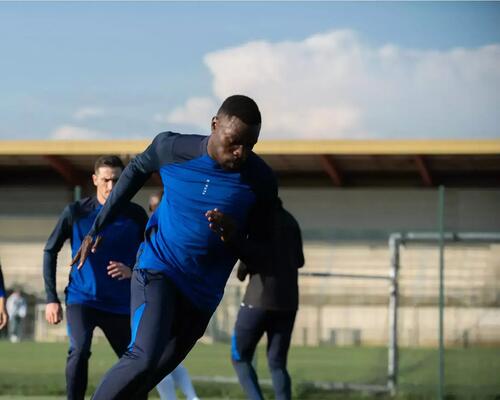The slightly complicated organization of french football
In 2017, The French Football Federation decided to reorganize the amateur championships after the French territorial reform. The goal was simple: reduce 22 regional leagues to 13. While on paper this may seem anecdotal, this reform actually turned numerous amateur clubs upside down. Many of them complained of seeing their fees and transportation times increase considerably as teams located further and further away were merged into the same championship. And, for certain clubs, this change did not come with extra financial support, putting them in a difficult spot.
So how is amateur football organized today?
Let's start with the departmental divisions, more commonly called "districts”. Their organization varies depending on the French department. But generally, every league is made up of 10 or 12 teams (sometimes 14) that strive to come out on top. The places with the most licenses will have more levels. In Alsace for example, you can play at the 9th district level, which is officially known as the 17th level within the FFF. A team from this championship with a solid performance in the Coupe de France won't be able to shake its reputation as a small fish in a big pond!








